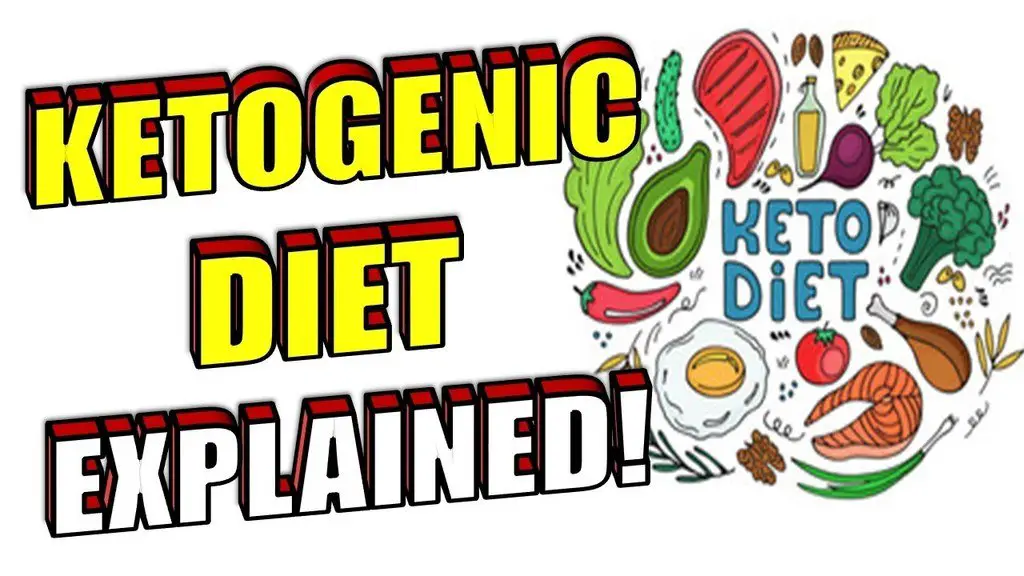A keto diet is a low carb diet, where the body produces ketones in the liver to be used as energy. It’s referred to as many different names – ketogenic diet, low carb diet, low carb high fat, and so on.
When you eat something high in carbs, your body will produce glucose and insulin. Glucose is the easiest molecule for your body to convert and use as energy so that it will be chosen over any other energy source. Insulin is produced to process the glucose in your bloodstream by taking it around the body.
Since the glucose is being used as a primary energy, your fats are not needed and are therefore stored. Typically, on a normal, higher carb diet, the body will use glucose as the main form of energy. By lowering your intake of carbs, your body can reach a state known as ketosis.
Ketosis is a natural process that our bodies initiate to help us survive when food intake is low. During this state, we produce ketones, which are produced from the breakdown of fats in the liver. The end goal of a properly maintained keto diet is to force your body into this metabolic state. You won’t do this through starvation of calories but starvation of carbohydrates.
What to Eat in a Keto Diet
To start a keto diet, you will want to plan ahead. That means having a viable diet plan ready and waiting. What you choose to eat depends on how fast you want to get into ketosis. The more restrictive you are on your carbohydrates, the faster you should enter ketosis.
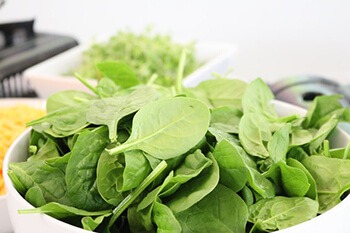

You’ll need to keep carbs limited and consume them mostly from vegetables, nuts, and dairy. People on the keto diet shouldn’t eat any refined carbohydrates such as wheat, starch, or fruit. The small exceptions to this are avocado, star fruit, and berries, which can be consumed in moderation.
The full list of what you shouldn’t eat is as follows:


* Grains, like wheat, corn, rice, cereal
* Sugar, such as honey, agave, maple syrup
* Fruit, including apples, bananas, oranges
* Tubers, like potato, yams
The full list of what you should eat more of is as follows:
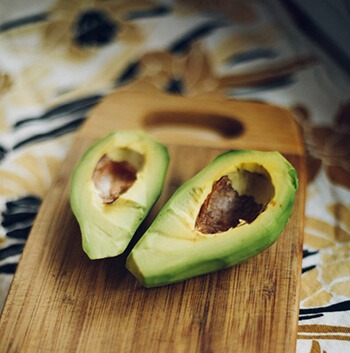

* Meats and some dairy products, like fish, beef, lamb, poultry, eggs
* Leafy Greens, like spinach, kale
* Above ground vegetables, like broccoli, cauliflower
* High Fat Dairy, like hard cheeses, high fat cream, butter
* Nuts and seeds, such as macadamias, walnuts, sunflower seeds
* Avocado and berries, like raspberries, blackberries, and other low glycemic impact berries
* Sweeteners, like stevia, erythritol, monk fruit, and other low-carb sweeteners
* Other fats, including coconut oil, high-fat salad dressing, saturated fats
Try to remember that keto is high in fat, moderate in protein, and very low in carbs. Your nutrient intake should be something around 70% fats, 25% protein, and 5% carbohydrate.
Keto Macros
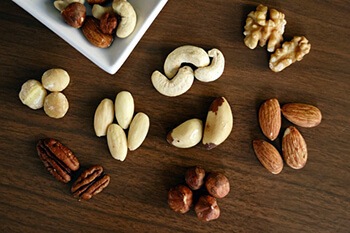

If you’re finding yourself hungry throughout the day, you can snack on nuts, seeds, cheeses, or almond butter to curb your appetite. Sometimes you might confuse the want to snack with the need for a meal, but if you’re in too much of a hurry to eat more than a snack, a snack will do.
Keto diet benefits
There are numerous benefits that come with being on keto, including:
1. Weight Loss
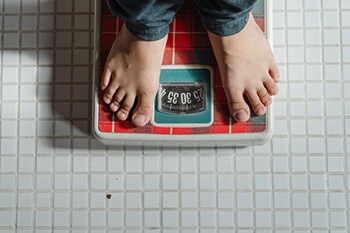

The keto diet essentially uses your body fat as an energy source – so there are obvious weight loss benefits. On keto, your insulin levels drop greatly, which turns your body into a fat-burning machine.
Scientifically, the ketogenic diet has shown better results compared to low-fat and high-carb diets; even in the long term.
2. Control Blood Sugar
Keto naturally lowers blood sugar levels due to the type of foods you eat. Studies even show that the ketogenic diet is a more effective way to manage and prevent diabetes compared to low-calorie diets. If you’re pre-diabetic or have Type 2 diabetes, you should seriously consider a ketogenic diet.
3. Mental Focus


Many people use the ketogenic diet specifically for increased mental performance. Ketones are a great source of fuel for the brain.
When you lower carb intake, you avoid big spikes in blood sugar. Together, this can result in improved focus and concentration.
Studies show that an increased intake of fatty acids can have impacting benefits to our brain’s function.
4. Increased Energy & Normalized Hunger
By giving your body a better and more reliable energy source, you will feel more energized during the day. Fats are shown to be the most effective molecule to burn as fuel. On top of that, fat is naturally more satisfying and ends up leaving us in a full state for longer.
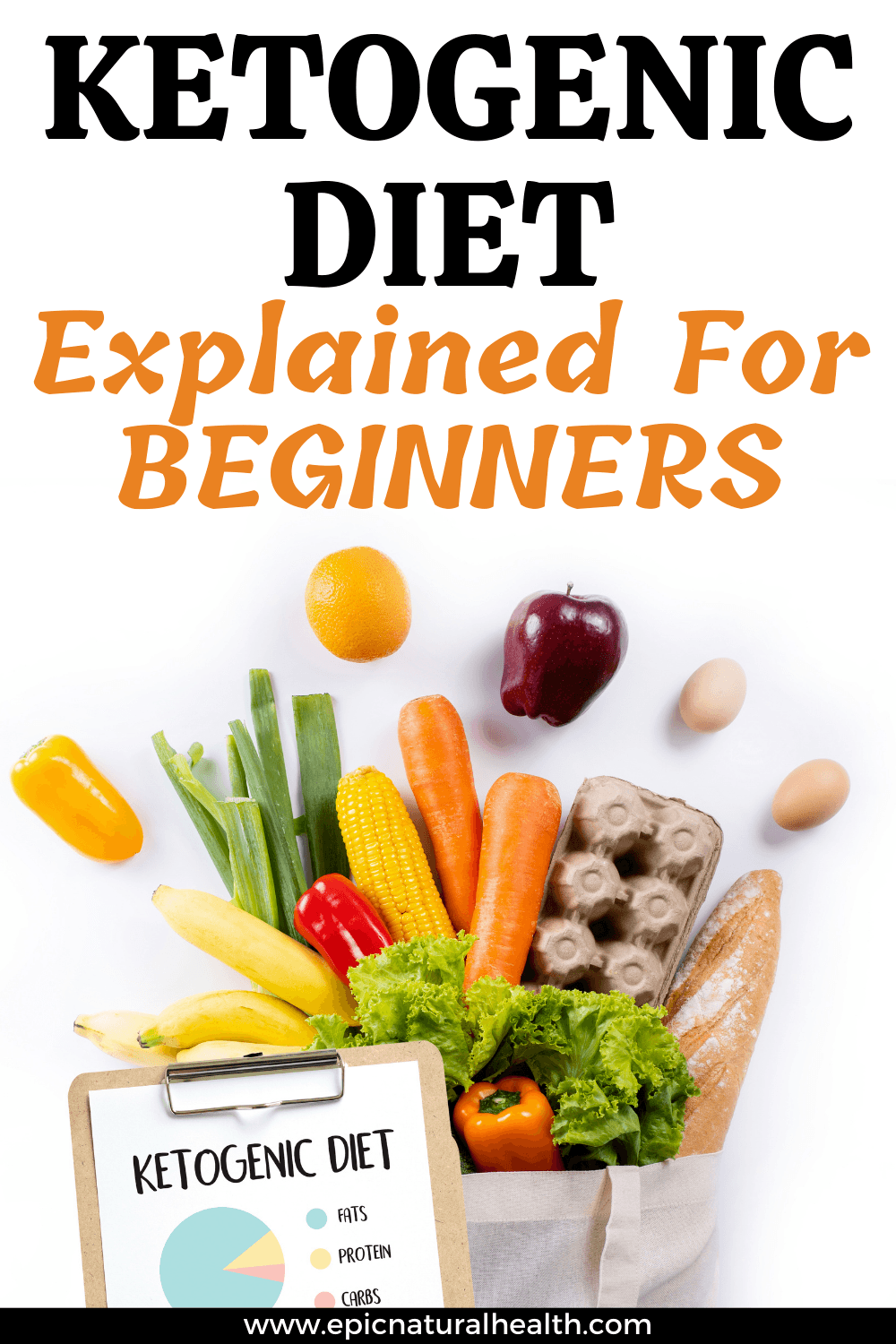

5. Epilepsy
The ketogenic diet has been used since the early 1900s to treat epilepsy successfully. It is still one of the most widely used therapies for children who have uncontrolled epilepsy today.
One of the main benefits of the ketogenic diet and epilepsy is that it allows fewer medications to be used while still offering excellent control.
6. Cholesterol & Blood Pressure
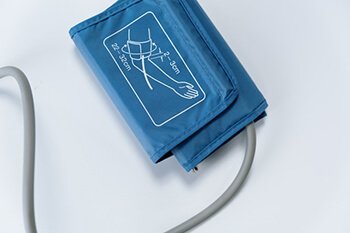

A keto diet has shown to improve triglyceride levels and cholesterol levels most associated with build-up in the arteries. More specifically low-carb, high-fat diets show a dramatic increase in HDL (good cholesterol) and a decrease in LDL (bad cholesterol) particle concentration compared to low-fat diets.
Many studies on ketogenic diets also show better improvement in blood pressure over other diets. Some blood pressure issues are associated with excess weight, which is a bonus since keto tends to lead to weight loss.
7. Insulin Resistance
Insulin resistance can lead to type 2 diabetes if left unmanaged. Research shows that a low carb, ketogenic diet can help people to lower their insulin levels to healthy ranges.
8. Acne


It’s common to experience improvements in your skin when you switch to a keto diet. Studies have shown drops in lesions and skin inflammation in participants who have switched to a low-carb diet.
Research has also found a connection between high-carb eating and increased acne, so it’s likely that keto can help.
How to Achieve Ketosis
Achieving ketosis is pretty straightforward, but it can seem complicated and confusing with all of the information out there. The bottom line on what you need to do is as follows:
Restrict your carbohydrates
Most people tend to only focus only on net carbs. If you want great results, limit both. Try to stay below 20g net carbs and below 35g total carbs per day.
Restrict your protein intake
Many people come over to keto from an Atkins diet and don’t limit their protein. Too much protein can lead to lower levels of ketosis. Ideally, you want to eat between 0.6g and 0.8g protein per pound of lean body mass.
Stop worrying about fat
Fat is the primary source of energy on keto – so make sure you’re feeding your body enough of it. You can’t lose weight on keto through starvation.
Drink water
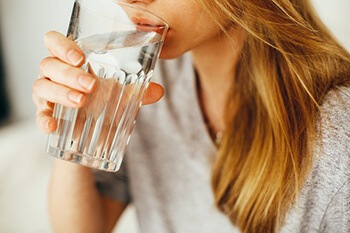

Try to drink a gallon of water a day. Make sure you’re hydrating and staying consistent with the amount of water you drink. It not only helps regulate a whole host of vital bodily functions, but it also helps control hunger levels.
Stop snacking
Weight loss tends to do better when you have fewer insulin spikes during the day. Unnecessary snacking could slow your progress.


Start fasting
Fasting can be a great tool to boost ketone levels consistently throughout the day. There are many different ways to go about it, but if you need advice, always speak to a doctor before getting started.
Exercise


It’s a known fact that exercise is healthy. If you want to get the most out of your ketogenic diet, consider adding in 20 to 30 minutes of exercise a day. Even just a small walk can help regulate weight loss and blood sugar levels.
Start supplementing
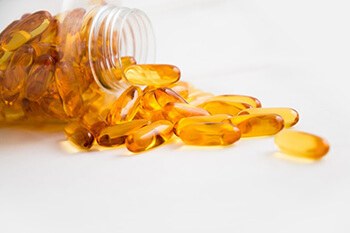

Although supplements aren’t usually needed, adding in a few key ones can help with a ketogenic diet. Omega-3 Fatty Acids, magnesium, and vitamin D are good supplements to consider.
Keto Diet Transition Period
Your body is used to the simple routine of breaking down carbohydrates and using them as energy. So when you start on the keto diet, all of a sudden, your body has to deal with the lack of glucose and increase in fats.
As your body reaches a ketogenic state, it will naturally use what’s left of your glucose. This means your body will be depleted of glycogen in the muscles – which can cause a lack of energy and general lethargy.


In the first week, many people report headaches, mental fogginess, dizziness, and aggravation. Most of the time, this is the result of your electrolytes being flushed out, as ketosis has a diuretic effect. Make sure you drink plenty of water and keep your sodium intake up.
How to Know if You’re in Ketosis
You can measure if you’re in ketosis using urine or blood strips, though it’s not really worth it. The urine strips are considered pretty inaccurate, and the blood strips are expensive.
Instead, look out for these physical “symptoms” to see if you’re on the right track:
1. Increased Urination


Keto is a natural diuretic, so you have to go to the bathroom more. Acetoacetate, a ketone body, is also excreted in urination and can lead to increased bathroom visits for beginners.
2. Dry Mouth
The increased urination leads to dry mouth and increased thirst. Make sure that you’re drinking plenty of water and replenishing your electrolytes.
3. Bad Breath
Acetone is a ketone body that may affect your breath. It can smell sharp like overripe fruit, similar to nail polish remover. It’s usually temporary and goes away long term.
4. Reduced Hunger & Increased Energy
Usually, after you get past the “keto flu,” you’ll experience a much lower hunger level and a clear or energized mental state.
People often argue that physical performance is affected when you’re on a keto diet, but that’s not true. Or, not in the long run. In the short-term, you may notice some small physical performance drops, but this will subside as you adapt to the fat intake.
Dangers of a Keto Diet
Can ketone production in the body get too high? Yes: it’s called ketoacidosis. This is unlikely, though. For most people, it’s a challenge just to get into optimal ranges for ketosis. Getting into territory where you need medical intervention is just not likely.
Conclusion
Overall, eating a high amount of fat, moderate protein, and a low amount of carbs can have a massive impact on your health – lowering your cholesterol, body weight, blood sugar, and raising your energy and mood levels.
A ketogenic diet can be hard to fathom in the beginning, but it isn’t actually as hard as it’s made out to be. The transition can be a little bit tough, but the growing popularity of the clean eating movement should make it easier and easier to find available low-carb foods.

